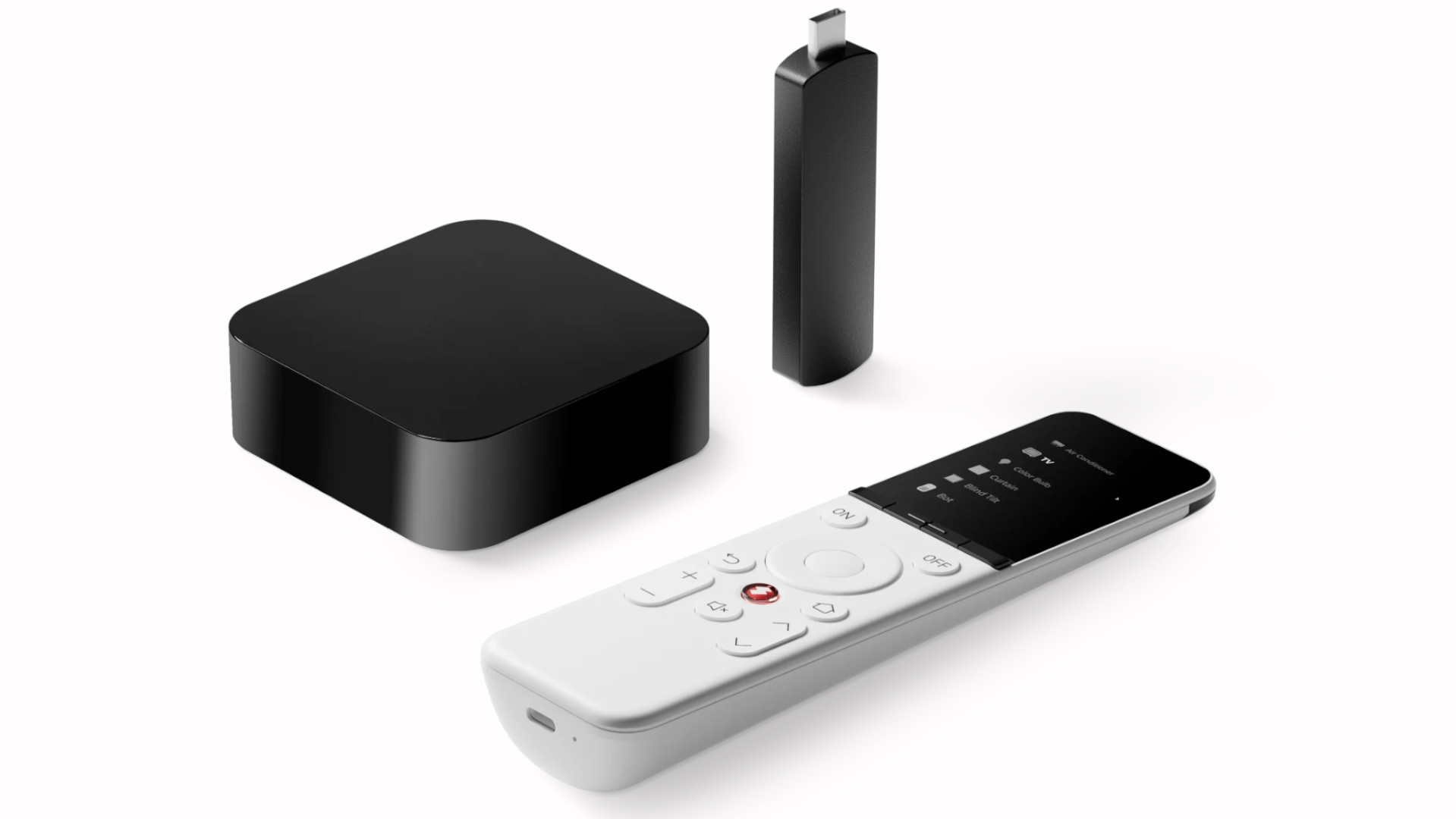SwitchBot has launched a unique piece of tech capable of controlling smart home devices and infrared appliances. And the best part is you don’t need to connect it to a smartphone or to the internet as it functions perfectly offline.
Aptly named the SwitchBot Universal Remote, it has large spacious buttons, a navigation wheel in the middle, and a 2.4-inch LCD at the top. The company states in their announcement it sought to create a “user-friendly design” that everybody can understand.
Now, you can’t just point the Universal Remote at a device and then push a button to issue commands immediately. According to Android Central, you must first choose what you want to control, which can be done by pressing the center red button. Pressing the main button will let you change which group of smart home devices to control.
Universal Remote has launched! 🚀 Consolidate all your remotes, and control everything at home, even #automation! NOW, here's your chance to win!✅ Follow Us, Comment, & ShareAnd we'll pick 1 lucky winner! You know the drill.#giveawayFind out more: https://t.co/7K9xjP472g pic.twitter.com/EhGOfBceNbJune 21, 2024
Classifications include air conditioners, house lights, Apple TV streaming boxes, and Fire TV screens. Selections appear on the LCD screen at the top and you can scroll through the menu via the navigation wheel. It's worth mentioning there are plans to expand display support to Roku TVs, Android TVs, and NVIDIA shield at some point in the future.
Batteries are neither included nor necessary since there's a 2,000mAh battery inside that can last for up to 150 days, and when it does run dry, you can recharge it through the USB-C port on the bottom.
Matter enabled
The Universal Remote primarily works with first-party smart home devices such as the SwitchBot LED Strip Light. It can, however, control third-party hardware thanks to its support of the Matter standard. You could, for example, turn on Philips Hue lights or close IKEA curtains among other things. But there are a couple of catches.
First, users must own either a SwitchBot Hub 2 or a Hub Mini (Matter Enabled) if they want access to the Matter network. The second caveat is that it only works with Apple Home. Neither Alexa nor Google Home are available "due to platform limitations," although it seems the company is working on a solution.
The hubs do more than enable Matter; they also let people create or pick smart home scenes to issue multiple commands. Picking Movie Mode, for example, can close curtains, adjust light brightness, turn on the TV, and activate the sound system “with just the tap of a button.” Pretty handy.

Availability
SwitchBot’s Universal Remote is available for pre-order right now on their official website. Prices start at $59.99 / £59.99 / €69.99. Bundles that include a second remote, the Hub 2 or the Hub Mini, are also available. And the Universal Remote is set to begin shipping on July 12, 2024.
We strongly recommend reading the support page for the Universal Remote, as it offers insight into the hardware’s limitations. To give you an idea of what the website pertains to, it reveals that there isn’t a child lock function, and you can only manage up to 25 home devices simultaneously.
Additionally, long-pressing buttons does not work. For instance, if you want to increase the volume, you’ll have to push the button repeatedly; however, there are plans to roll out a firmware update enabling the feature by the end of 2024.
Be sure to check out TechRadar's list of the best smart home devices for 2024.
You might also like
via Hosting & Support
Comments
Post a Comment